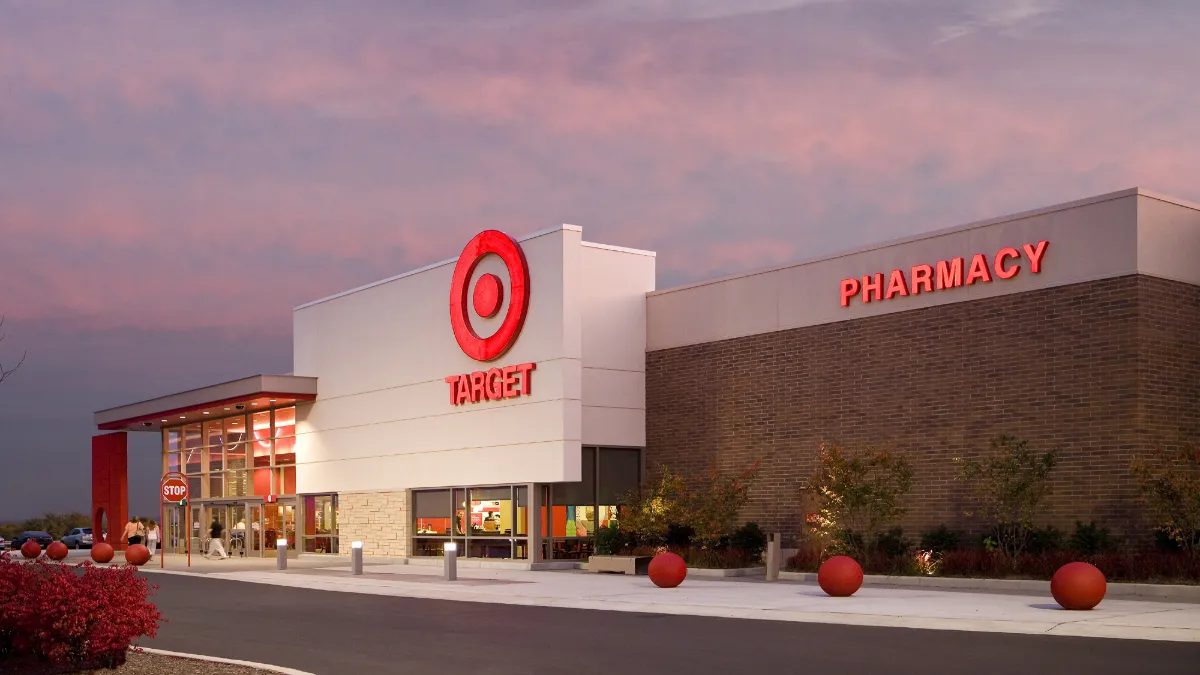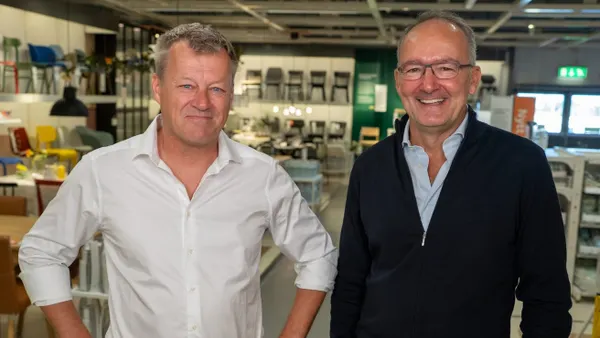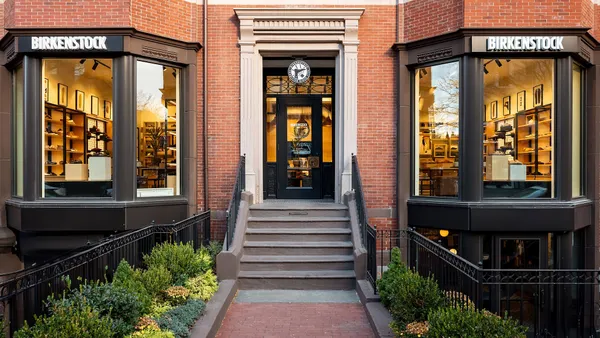Dive Brief:
- With fourth quarter traffic up 8.1%, Target posted its 19th straight quarter of comparable sales increases. At a meeting with investors, CEO Brian Cornell held up the retailer's growth and other data points as "proof our strategy is working."
- For Q4, comps rose 8.9% on top of more than 20% growth in the prior year. During the full fiscal year, comps grew 12.7%, adding to the previous year's growth of 19.3%, on a comparable traffic rise of 12.3%.
- Target's operating income grew by 36.8% to $8.9 billion for the year even as freight, merchandise and supply chain costs ate into the company's margins, according to a press release.
Dive Insight:
Cornell sounded a triumphant note as the executive outlined Target's compounding sales and profit growth that began before the pandemic and has continued through it.
He drew a direct line between the retailer's success with shoppers today and investments made in the company's stores and digital capabilities, which were met with skepticism among investors when Cornell first unveiled them some five years ago.
The retailer also showed it has the scale and financial resources to navigate the widespread supply chain disruptions of the past year and more. Gross margin for Q4 fell by about a percentage point due to supply chain costs, namely higher wages and staff numbers for its distribution centers along with higher freight and merchandising costs. Yet Target's operating margin rate, boosted by sales growth, grew year over year from 6.5% to 6.8%.
For the full year a similar story played out, with gross margin rate slipping slightly from 2020, but operating income grew by $2.4 billion during the same time. Increased supply chain and operating costs were largely offset by what the retailer described as a favorable category mix along with lower markdowns — the latter a benefit of the tight inventory environment across retail in 2021.
One key to Target's sales growth is its stores, with traffic increases driving comps. Here again, Cornell pointed back to the initial skepticism around Target's decision to plow billions of investment dollars into its stores at a time many were in rightsizing and retrenchment mode, preparing for a future of deeper digital shopping. "Retail was about closing stores, not opening them," Cornell said of the time.
Stores also function as fulfillment hubs at Target, with 95% of its Q4 sales fulfilled by its stores in one or way or another, according to the release.
The store-based omnichannel model once again served the retailer during the holiday period. GlobalData Managing Director Neil Saunders said in emailed comments that Target's omnichannel services "are seen as highly reliable by consumers" while "Target’s very solid assortments of holiday gifts and décor, drove a lot of shoppers into stores, many of whom purchased on impulse."
Saunders added, "The net result of all this was that Target boosted the spend of existing customers and attracted some new ones into the mix."
Target's suite of same-day services and its status as a one-stop shop made it a premier destination for customers during the pandemic era. Telsey Advisory Group analysts led by Joe Feldman said in an emailed note that "Target won millions of new customers during COVID-19, which combined with deeper relationships with existing customers, is helping the company gain market share and generate strong growth."














